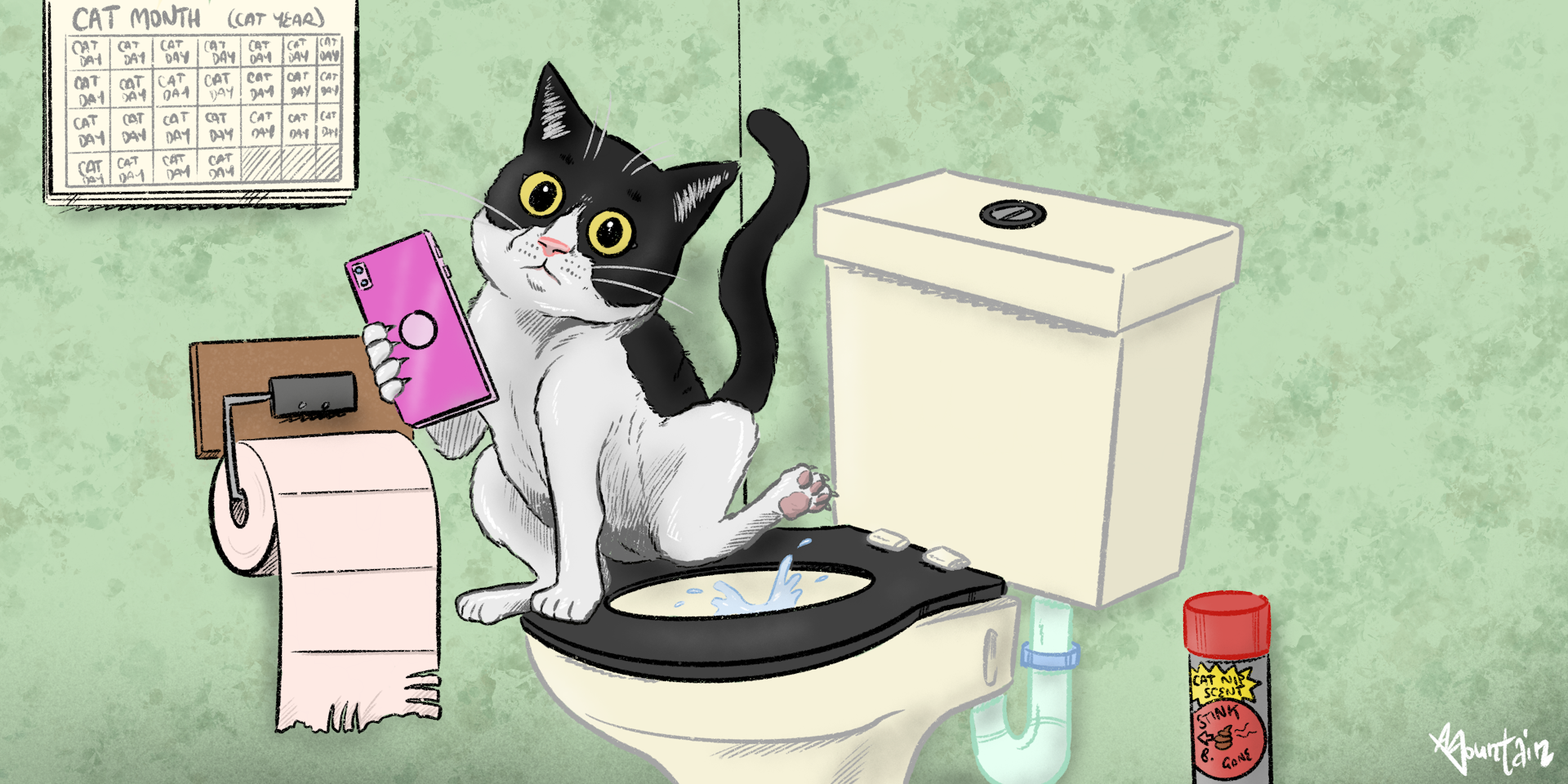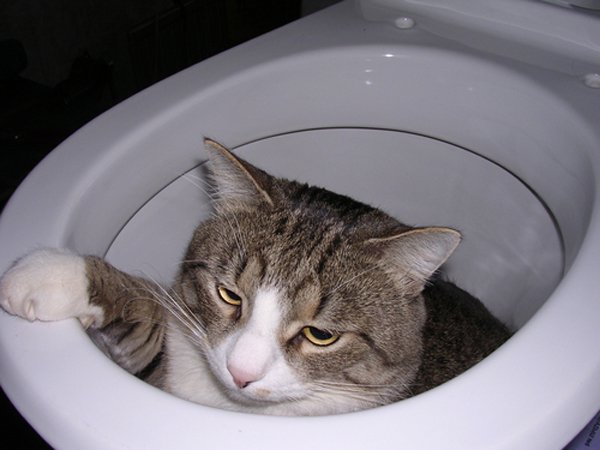Key Reasons Why Animal Waste Ought to Never Be Flushed Down the Toilet
Key Reasons Why Animal Waste Ought to Never Be Flushed Down the Toilet
Blog Article
Any individual seems to have his or her own opinion when it comes to Why you should never flush dog poop down the toilet.

When it involves taking care of waste, particularly animal waste, many people often turn to the convenient alternative of flushing it down the toilet. However, this apparently very easy service can have major consequences for the atmosphere and public health. In this article, we'll check out why flushing pet waste down the toilet is a poor concept and offer alternate techniques for proper disposal.
Introduction
Appropriate garbage disposal is crucial for preserving ecological sustainability and public health. While it may seem harmless to flush animal waste down the toilet, it can cause various issues, both for the setting and human health.
Dangers of flushing animal waste
Environmental impact
Purging animal waste presents unsafe microorganisms and virus into rivers, which can adversely impact aquatic environments. These microorganisms can contaminate water sources and damage aquatic life, disrupting fragile ecological communities.
Public health worries
Pet waste contains harmful microorganisms such as E. coli and Salmonella, which can present major health dangers to people. Flushing pet waste down the toilet can pollute water materials, leading to the spread of illness and infections.
Alternatives to flushing
Instead of flushing pet waste down the commode, there are several different disposal techniques that are extra environmentally friendly and sanitary.
Composting
Composting animal waste is an environment-friendly way to deal with it. By composting, raw material is broken down right into nutrient-rich soil, which can be made use of to feed gardens and plants.
Garbage dump disposal
Dealing with pet waste in a landfill is another option. While not as eco-friendly as composting, it is a safer alternative to flushing, as it stops the contamination of water sources.
Animal garbage disposal systems
There are specific pet garbage disposal systems available that safely and hygienically get rid of animal waste. These systems usually utilize enzymes to break down waste and get rid of smells.
Steps to proper animal garbage disposal
To make certain appropriate disposal of pet waste, follow these steps:
Scooping and landing waste
Routinely scoop and bag pet waste using naturally degradable bags. This avoids waste from polluting the environment.
Making use of designated waste containers
Dispose check here of bagged pet waste in assigned waste containers, such as garden compost containers or garbage dump bins. Avoid flushing it down the toilet at all costs.
Cleansing litter boxes and animal areas routinely
Routinely tidy can and animal locations to avoid the buildup of waste and microorganisms. Use pet-safe cleansing items to keep hygiene.
Benefits of proper disposal techniques
Adopting correct disposal techniques for animal waste offers several benefits:
Decreased environmental pollution
Correct disposal approaches minimize the danger of environmental pollution, protecting waterways and communities from contamination
Minimized danger of water contamination.
By staying clear of flushing pet waste down the bathroom, the danger of water contamination is considerably minimized, protecting public health.
Enhanced cleanliness and hygiene
Appropriate disposal techniques promote much better sanitation and health, producing a safer setting for both human beings and animals.
Conclusion
To conclude, flushing animal waste down the commode is harmful to the environment and public health. By embracing alternative disposal methods and adhering to appropriate waste management techniques, we can lessen the negative influence of animal waste and add to a cleaner, much healthier world.
What To Do With Dog Poo – The Do's And Don'ts Of Disposing Of Faeces
Dog poo bins
Some councils provide dedicated dog waste bins in popular dog-walking areas that can take dog poo that has been bagged but you can legally dispose of dog waste in any public litter bin, as long as it is securely bagged. This also applies to your wheelie bin at home.
Do not flush
Water companies do not recommend flushing dog faeces down the toilet because certain parasites can survive the water processing treatment and are potentially harmful to humans. You should also never consider flushing dog poo that has been bagged down the toilet as the bags will not break down and instead create severe blockages in the sewage system.
In the woods
The Forestry Commission promotes a ‘stick and flick’ method for dealing with waste in the woods. This means finding a stick and using it to flick any poo from off the path so that it is out of the way of other walkers. You could also bury it as long as it is not in an area where there might be livestock.
Livestock
Parasites found in dog poo can be transmitted to livestock if they inadvertently eat infected faeces that has been left on grazing land. This could result in the death of sheep or abortion in cattle so you should always make sure you pick up your dog’s waste in fields where livestock could be present.

Routinely tidy can and animal locations to avoid the buildup of waste and microorganisms. Use pet-safe cleansing items to keep hygiene.
Benefits of proper disposal techniques
Adopting correct disposal techniques for animal waste offers several benefits:
Decreased environmental pollution
Correct disposal approaches minimize the danger of environmental pollution, protecting waterways and communities from contamination
Minimized danger of water contamination.
By staying clear of flushing pet waste down the bathroom, the danger of water contamination is considerably minimized, protecting public health.
Enhanced cleanliness and hygiene
Appropriate disposal techniques promote much better sanitation and health, producing a safer setting for both human beings and animals.
Conclusion
To conclude, flushing animal waste down the commode is harmful to the environment and public health. By embracing alternative disposal methods and adhering to appropriate waste management techniques, we can lessen the negative influence of animal waste and add to a cleaner, much healthier world.
What To Do With Dog Poo – The Do's And Don'ts Of Disposing Of Faeces
Dog poo bins
Some councils provide dedicated dog waste bins in popular dog-walking areas that can take dog poo that has been bagged but you can legally dispose of dog waste in any public litter bin, as long as it is securely bagged. This also applies to your wheelie bin at home.
Do not flush
Water companies do not recommend flushing dog faeces down the toilet because certain parasites can survive the water processing treatment and are potentially harmful to humans. You should also never consider flushing dog poo that has been bagged down the toilet as the bags will not break down and instead create severe blockages in the sewage system.
In the woods
The Forestry Commission promotes a ‘stick and flick’ method for dealing with waste in the woods. This means finding a stick and using it to flick any poo from off the path so that it is out of the way of other walkers. You could also bury it as long as it is not in an area where there might be livestock.
Livestock
Parasites found in dog poo can be transmitted to livestock if they inadvertently eat infected faeces that has been left on grazing land. This could result in the death of sheep or abortion in cattle so you should always make sure you pick up your dog’s waste in fields where livestock could be present.

I am very fascinated with and I really hope you enjoyed the entire blog posting. Please set aside a second to share this blog posting if you enjoyed reading it. We cherish reading our article about Can You Flush Dog and Cat Poo Down the Toilet?.
Contact Us Now Report this page